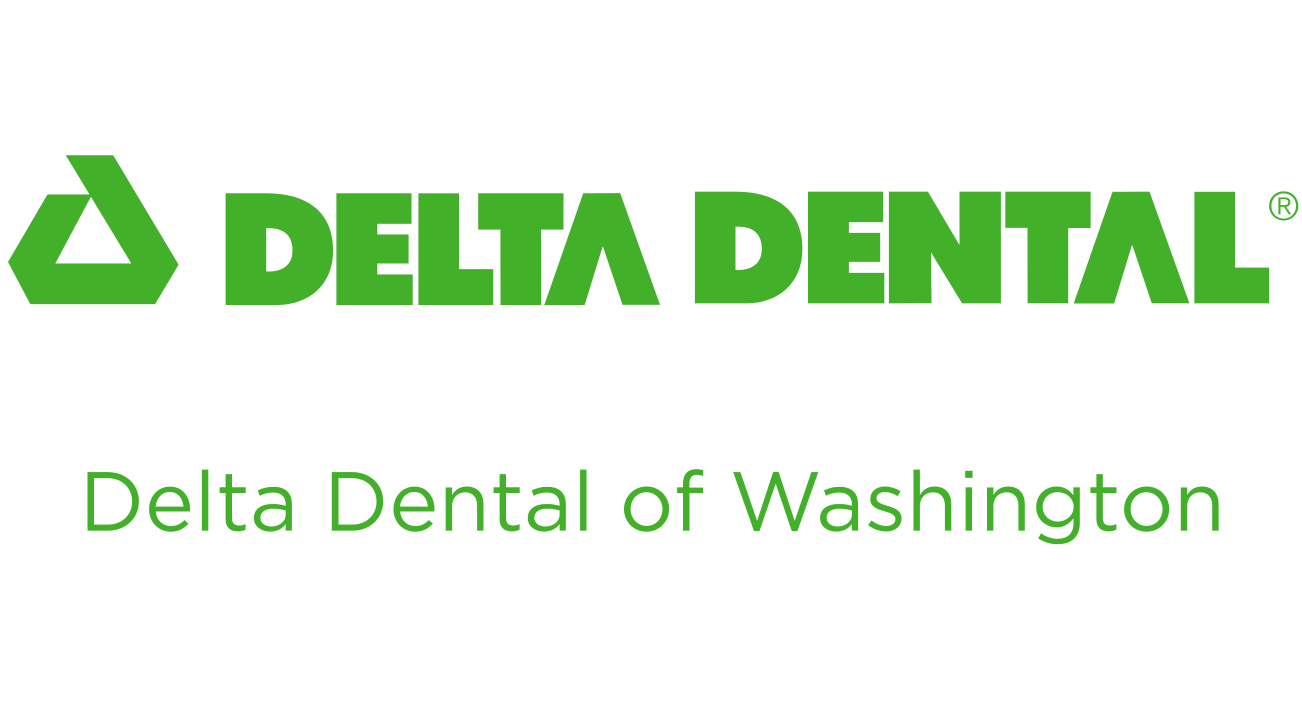Even though the majority of people in the US have dental benefits, we usually don’t give those benefits a whole lot of thought. You either have dental insurance or you don’t, right?
Unfortunately, it’s not quite that simple. “I thought I had full coverage dental” are the famous last words of many a cost-conscious patient. There is more nuance to the term full coverage dental insurance, than most people realize.
That being said, full coverage dental insurance might still be the best option for you, giving you a better fit for coverage than a lower-cost plan. It all depends on your dental needs, your budget, the insurance options in your area, and in some cases your threshold for risk. As I said — nuance.
The most important thing is to understand your dental coverage options before you end up in the dentist chair.
Take a little time to familiarize yourself with the difference between full coverage dental plans vs partial coverage plans — and every option in between.
What We Mean When We Say “Full Coverage Dental Insurance”
As I already mentioned, full coverage dental insurance can be a confusing term. For example, many Delta Dental plans offer 100% coverage on categories of treatments, however you may pay out-of-pocket costs for some dental services.
Every full coverage dental plan is different, but according to the National Association of Insurance Commissioners and the National Association of Dental Plans, premium dental plans usually include the following coverage:
Routine and preventative care: Most premium dental plans cover 100% of preventative care. This includes routine cleanings, sealants, and X-rays.
Basic procedures: This refers to extractions, fillings, periodontal gum disease treatment, and sometimes root canals. With a full coverage dental plan, patients pay an average of 50 - 80% out-of-pocket for basic procedures.
Major procedures: This refers to complex procedures like crowns, bridges, dentures, and sometimes root canals. Even a full coverage dental plan usually covers major procedures at a lower percentage. Patients typically pay 50% out-of-pocket.
Keep in mind that we negotiate better rates with dentists in our coverage network. So even though you pay part of the cost for some services, those services cost less overall if you carry insurance. This, in turn, means more than 50% savings on a procedure covered at 50% by your insurance plan.
Full Coverage Dental Plans With No Annual Maximum
When shopping for full coverage dental insurance, many people look for plans with no maximum. But what exactly does this mean, and is it the right option for you?
There are two kinds of maximums: an annual maximum and a lifetime maximum. In both cases, having a plan that includes a maximum is not actually as scary as it sounds.
A full coverage dental plan with no annual maximum: No annual maximum means there is no cap on the amount of services your insurance pays for during any given benefit year. If your plan lists an annual maximum, this refers to the top dollar amount your insurance pays for all of your dental services over a one-year benefit period. You pay out-of-pocket for any services above that maximum.
But a word of caution: no annual maximum on a full coverage dental plan does not mean no out-of-pocket cost to you. Copays and coinsurance still apply. The annual maximum just refers to the money your plan pays your dentist, above and beyond your own out-of-pocket costs.
A full coverage dental plan with no lifetime maximum: Lifetime maximums are a little different than annual maximums. Lifetime maximums usually refer to the amount paid for specific dental services over the lifetime of your plan, not the amount paid for all of your dental services. Treatments for TMJ, orthodontia, and other specialized services sometimes carry a lifetime maximum.
Is No Annual Maximum Important for My Dental Coverage ?
If you expect higher than average dental work over the next year, you might consider a full coverage dental plan with no maximums. Another option you might want to consider is a dental plan that has a shared annual maximum, like our Family Advantage plan. In this plan, you'll get a shared dollar benefit to put towards your dental care in addition to the plan's per-person dollar maximum.
If you don’t expect major dental work, then getting a dental plan with no maximums might not matter as much. After all, insurance providers do a pretty good job of estimating the costs of an average person’s dental procedures.
In fact, the National Association of Dental Plans estimates only between 2-6% of Americans reach their annual maximum in any given year.
Full Coverage Dental Plans With No Waiting Period
Unlike health insurance, many dental plans have a waiting period— usually between 6-12 months— for some or all services. Even full coverage dental insurance often requires a waiting period before undergoing expensive procedures like crowns and root canals.
Waiting periods for dental plans seem like a drag, but these provisions keep people from signing up for insurance only when they need expensive procedures, then dropping coverage as soon as the work wraps up.
Just like the health insurance market, dental insurance companies need a certain percentage of healthy people in the insurance pool to keep costs low. If everyone signs up only when they need major dental work, the balance tips too far in the wrong direction.
Many employer-sponsored plans do offer full coverage dental insurance with no waiting period. Some PPO plans (preferred provider organization) also waive waiting periods for full coverage dental.
To encourage a focus on preventative care, many of our plans cover all diagnostic and preventative services with no waiting period.
Is a Full Coverage Dental Plan Right for Me?
Choosing between full coverage dental insurance and a lower-coverage plan is an individual decision. When choosing, consider these questions:
What are the monthly premium costs for a full coverage dental plan?
Do you anticipate needing major dental work in the near future?
Do you have children on your plan, who are more prone to cavities?
Are you older and more likely to need crowns or other restorative work?
Have you talked to your dentist about the average cost of certain dental procedure?
Does your dentist negotiate lower rates with some insurance companies?
Sign up for MySmile
Free and easy-to-use tools that make navigating your dental benefits a whole lot simpler.












